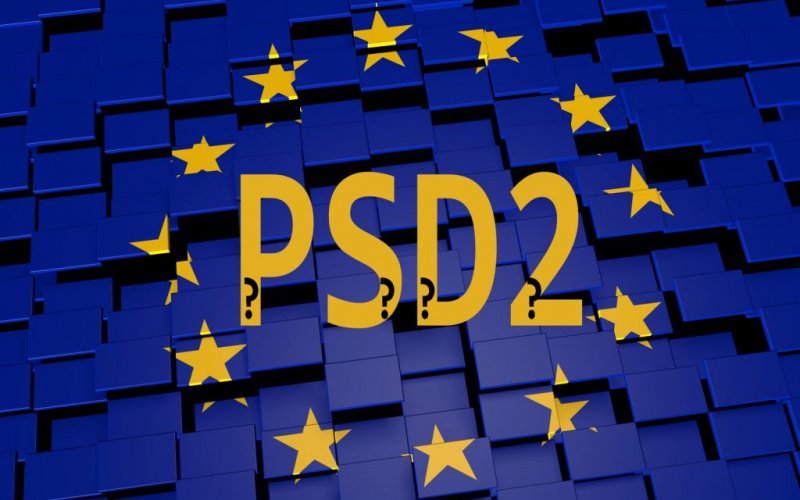Author: Frank Müller and Nasim Jenkouk
Directive (EU) 2015/2366 of the European Parliament and the Council of 25 November 2015 on payment services in the internal market, amending Directives 2002/65/EC, 2009/110/EC and 2013/36/EC and Regulation (EU) No 1093/2010 and repealing Directive 2007/64/EC (“PSD2”) had to be transposed by the member states by 13 January 2018. It replaces Directive 2007/64/EC of the European Parliament and the Council of 13 November 2007 on payment services in the internal market, amending Directives 97/7/EC, 2002/65/EC, 2005/60/EC and 2006/48/EC and repealing Directive 97/5/EC (“PSD1”), which for the first time established a harmonised legal framework for non-cash payments in the internal market. PSD2 aims to further develop the single European market for non-cash payments. Like PSD1, PSD2 also provides for full harmonisation: As a matter of principle, member states are not allowed to maintain or introduce national legislation which deviates from the content of the directive.
With the Act on the Implementation of the Second Payment Services Directive of 17 July 2017 (Zahlungsdiensteumsetzungsgesetz (ZDUG) – BGBl. I p. 2446), Germany has transposed PSD2 into national law. We have already reported on this.
Among our European FinTech lawyer colleagues, we have asked what the situation is with regard to implementation in their respective countries. Specifically, we have asked our colleagues the following questions:
- How far is the implementation process of PSD2 in your country?
- Is the directive expected to be transposed into national law in due course?
- Are there any specific issues regarding the implementation?
With regard to question no. 3 we further asked to clarify the following:
- From our point of view, it would be particularly interesting whether there are specific issues with regard to certain provisions of PSD2, which the member states can implement but do not have to (e.g. Art. 2 para. 5, Art. 8 para. 3, Art. 24 para. 3, Art. 29 para. 4, Art. 32 para. 1 and 4 , Art. 38 para. 2, Art. 42 para. 2, Art. 57 para. 3, Art. 58 para. 3, Art. 62 para. 2, 3 and 5, Art. 63 para. 2 and 3, Art. 74 para. 1, Art. 76 para. 4, Art. 86, Art. 101 para. 2, Art. 109 para. 2 and 4).
- Additionally, if any uncertainties remain after PSD2 has been implemented in your country. By way of example, in Germany “It is unclear whether AIS and PIS are obliged entities for purposes of anti-money laundering (AML) compliance. The German AML Act provides that all payment institutes are considered obliged entities with regard to AML requirements (cf. Sec. 2 (1) No. 2 GwG). This would also include AIS and PIS (cf. Sec. 1 (1) No 1 ZDUG). However, the current AML law refers to a paragraph in the German payment law, the numbering of which will not exist any longer after the PSD2 transposition law (ZDUG) takes effect. Therefore, the legislator will have to make some adjustments.”
So far, colleagues from the following countries have replied: Austria, Italy, Latvia, Luxembourg, Poland, and The Netherlands. We would like to express our deepest gratitude to those colleagues who have responded. In the coming weeks, we will continue to add information to this infographic. If you have any questions about PSD2, please check PayTechLaw or contact us. If you have any questions about the implementation of PSD2, our European FinTech lawyer colleagues in the respective countries will be happy to help you. The relevant contact details can be found under the respective countries on the infographic.
In order to get to know the status of the respective country, simply click on the corresponding flag on the EU map. Have fun discovering!





